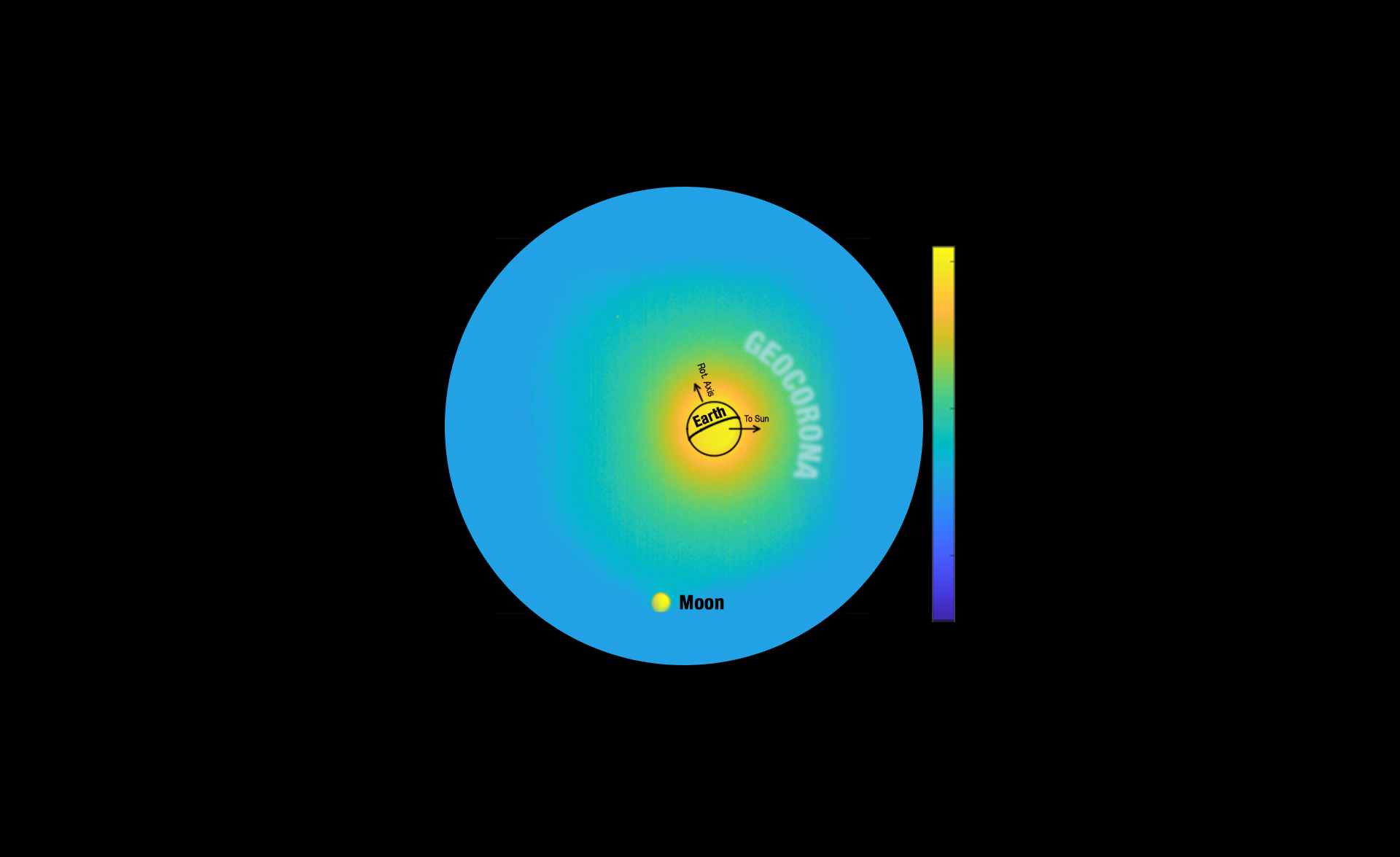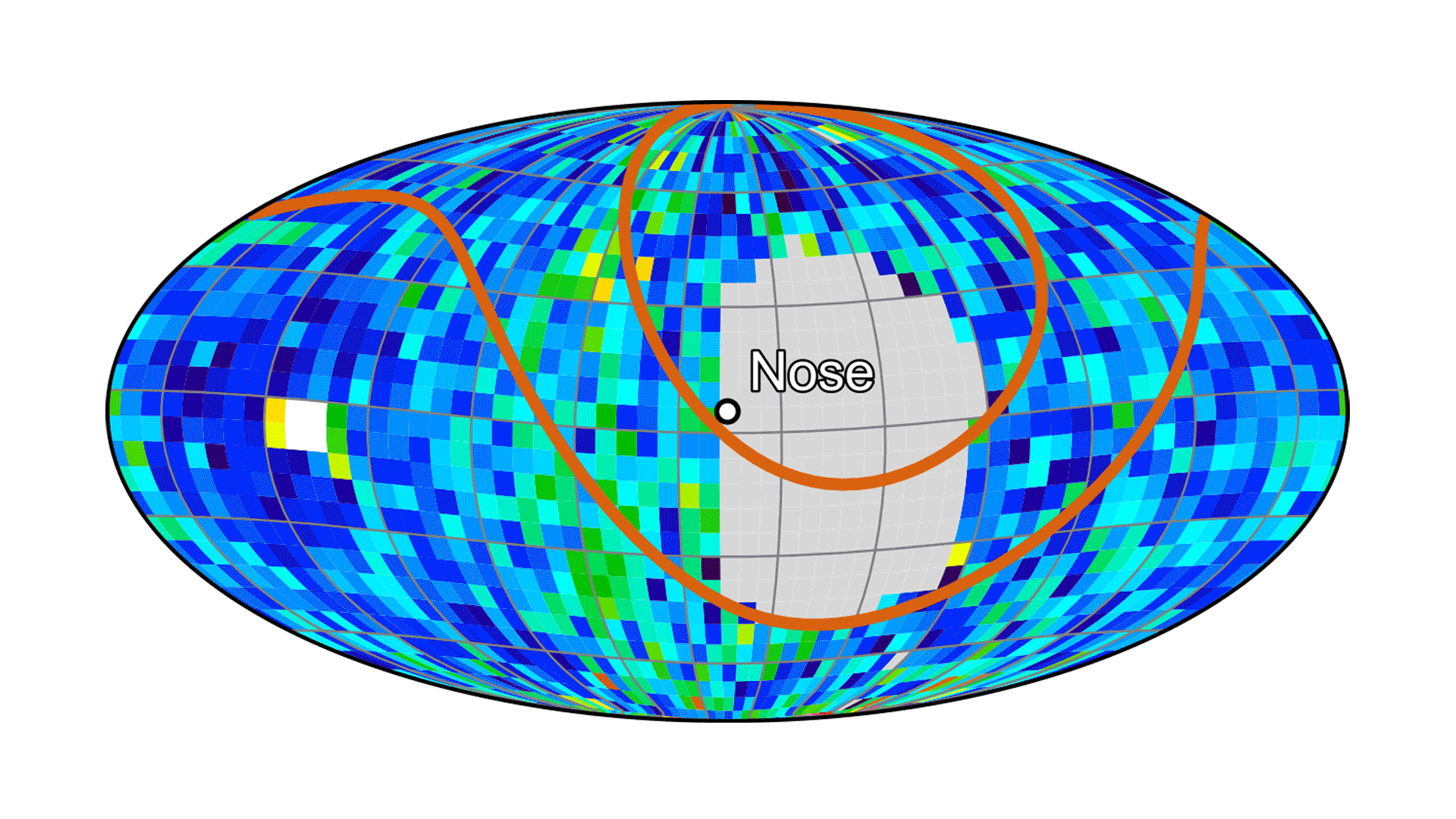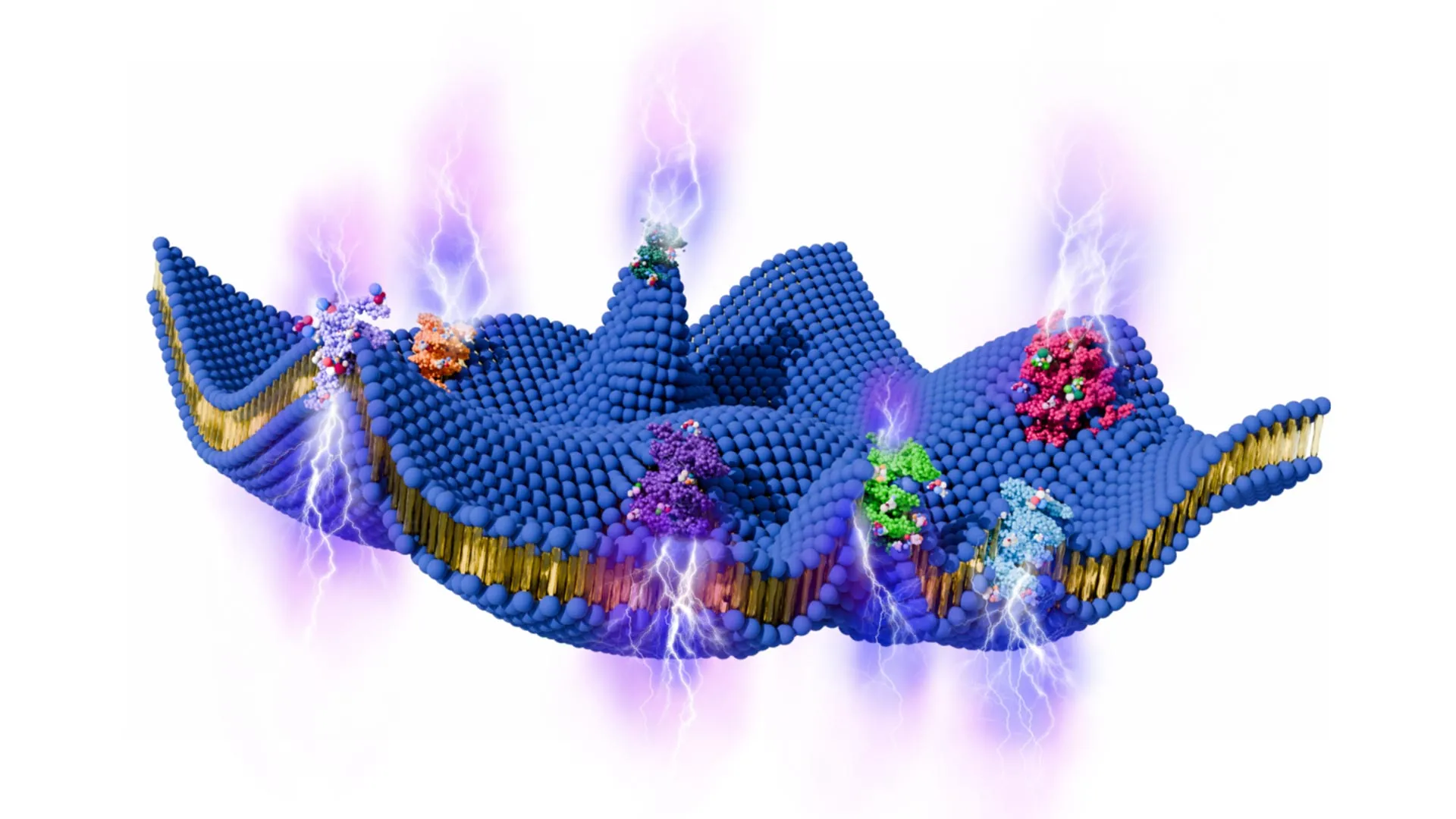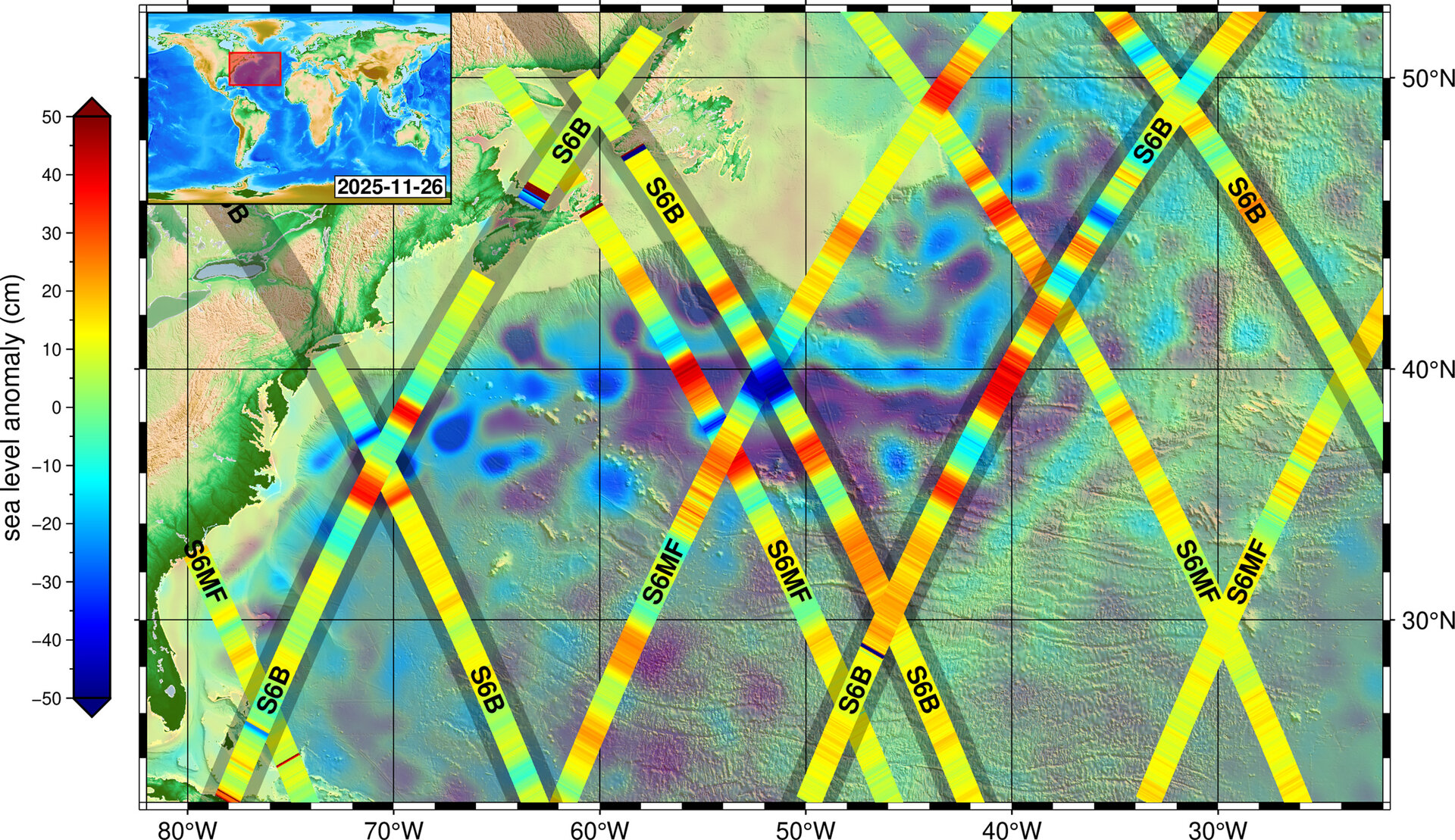Today’s artificial intelligence models can’t even tie their own shoes.
In new research that puts the latest models to test in a 3D environment, Cornell scholars found that AI fares well with untangling basic knots but can’t quite tie knots…

Today’s artificial intelligence models can’t even tie their own shoes.
In new research that puts the latest models to test in a 3D environment, Cornell scholars found that AI fares well with untangling basic knots but can’t quite tie knots…

NASA’s Carruthers Geocorona Observatory has captured its first images from space, revealing rare views of Earth and the Moon in ultraviolet light. Taken on Nov. 17 — still months before the mission’s science phase begins — these…

All 10 instruments aboard NASA’s newly launched IMAP (Interstellar Mapping and Acceleration Probe) mission have successfully recorded their first measurements in space. With these “first light” observations, the spacecraft is now…

These initial measurements from the satellite’s Poseidon-4 altimeter show how Sentinel-6B will help track sea-level change, ocean currents and wave conditions, while also monitoring water levels from lakes and inland waters…

Scientists have developed a new theoretical explanation for how living cells might generate electricity on their own. At the center of the idea is the cell membrane, the thin, flexible layer that surrounds every living cell and controls what…

Terms
While we only use edited and approved content for Azthena
answers, it may on occasions provide incorrect responses.
Please confirm any data provided with the related suppliers or
…
This week marks the final opportunity for backyard astronomers to observe interstellar Comet 3I/ATLAS before it heads back toward the far reaches of space. The comet will pass within 167 million miles of Earth on Friday, December 19, appearing…

16/12/2025
153 views
3 likes
Copernicus Sentinel-6B, launched last month, has reached its orbit and delivered its first set of data, which show variations in sea level in the North…

One of the most famous hominin fossils may not be as familiar as we thought. The specimen, affectionately dubbed “Little Foot”, could represent an entirely new species.
Discovered in Sterkfontein cave in South Africa, Little Foot is believed…

In late November, Hayli Gubbi erupted explosively, sending a towering plume of ash and volcanic gases high into the atmosphere. The MODIS instrument on NASA’s Aqua satellite captured the dramatic scene just four hours after the eruption began….